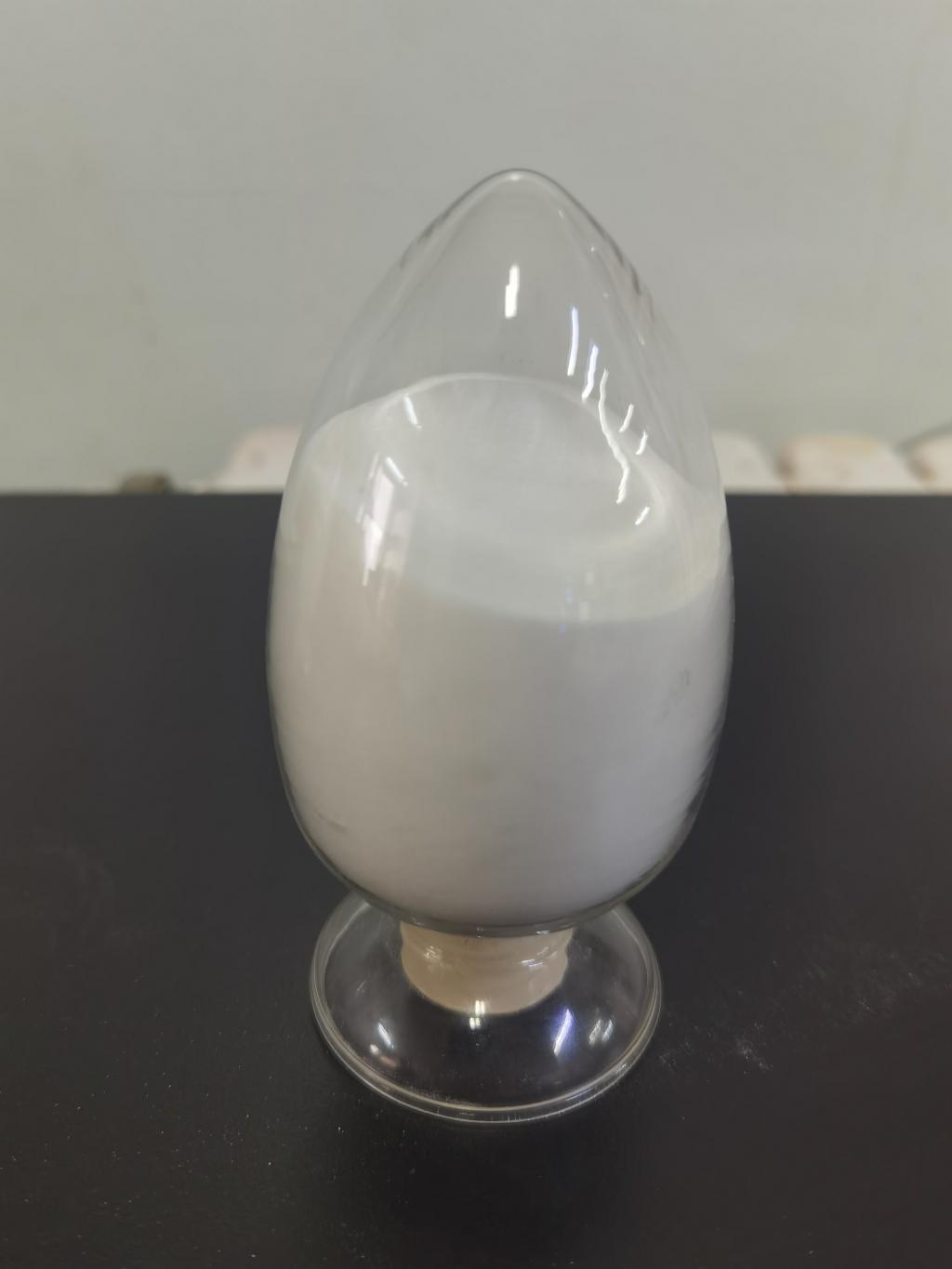Tel:+8618231198596

News
 CONTACT
CONTACT
 CONTACT
CONTACT
- Linkman:Linda Yao
- Tel: +8618231198596
- Email:linda.yao@dcpharma.cn
- Linkman:CHARLES.WANG
- Department:Overseas
- Tel: 0086 0311-85537378 0086 0311-85539701
News
ε-Polylysine Hydrochloride's Role in Fermented Beverages: A Natural Twist to Preservation
TIME:2023-12-19
Introduction:
Fermented beverages, including kombucha, kefir, and traditional fermented teas, have gained popularity for their distinct flavors and potential health benefits. Preserving these beverages while maintaining their natural and artisanal qualities poses a challenge for manufacturers. ε-Polylysine hydrochloride emerges as a potential solution, providing a natural twist to preservation without compromising the essence of fermentation.
Preservation Challenges in Fermented Beverages:
Fermented beverages are susceptible to spoilage and contamination during production and distribution. The delicate balance of microorganisms that contribute to fermentation can be disrupted by unwanted microbes, affecting the quality and safety of the final product. Traditional preservatives may not align with the natural and clean label preferences of consumers, necessitating the exploration of alternative solutions.
ε-Polylysine Hydrochloride: An Overview:
ε-Polylysine hydrochloride is a natural antimicrobial agent derived from bacterial fermentation, particularly from strains of Streptomyces albulus. With its cationic nature, ε-polylysine hydrochloride exhibits antimicrobial properties against a broad spectrum of bacteria and fungi. This section introduces the unique characteristics of ε-polylysine hydrochloride and its potential applications in preserving fermented beverages.
Mechanisms of Action:
Understanding how ε-polylysine hydrochloride works is essential for appreciating its role in beverage preservation. The positively charged polylysine molecules interact with microbial cell membranes, disrupting their structure and function. This disruption prevents the growth and proliferation of spoilage microorganisms, ensuring the stability and safety of fermented beverages.
Applications in Different Fermented Beverages:
Explore the diverse applications of ε-polylysine hydrochloride in various fermented beverages, including:
a. Kombucha: Preserving the delicate balance of bacteria and yeast in kombucha while preventing the growth of unwanted contaminants.
b. Kefir: Ensuring the stability of kefir cultures and preventing spoilage during production and storage.
c. Traditional Fermented Teas: Addressing preservation challenges in traditional fermented teas without compromising their unique flavors.
Regulatory Considerations:
Navigating regulatory requirements is crucial when incorporating ε-polylysine hydrochloride into fermented beverages. This section examines the regulatory status of ε-polylysine hydrochloride in different regions and its approval for use in food and beverage applications.
Consumer Perception and Clean Label Trends:
Consumers increasingly seek beverages with minimal additives and preservatives. This section explores how the use of ε-polylysine hydrochloride aligns with clean label trends, its impact on consumer perception, and strategies for transparent communication on beverage labels.
Sensory Aspects and Shelf Life Extension:
Understanding the sensory implications of ε-polylysine hydrochloride in fermented beverages is essential. This section explores how the addition of ε-polylysine hydrochloride may influence taste, aroma, and overall beverage quality. Additionally, we delve into how ε-polylysine hydrochloride contributes to shelf life extension without compromising the live cultures crucial for fermentation.
Case Studies and Success Stories:
Examine real-world examples of ε-polylysine hydrochloride's successful application in preserving fermented beverages. Case studies showcase its effectiveness in different scenarios, providing insights into its versatility and practical benefits.
Future Directions and Challenges:
The future of ε-polylysine hydrochloride in fermented beverages holds promise, but challenges such as optimizing formulations, addressing potential interactions, and further research on its impact on probiotic cultures need consideration. This section explores potential research directions and challenges for broader adoption.
Conclusion:
ε-Polylysine hydrochloride offers a natural twist to the preservation of fermented beverages, aligning with the industry's quest for clean label solutions. Its antimicrobial properties, compatibility with fermentation processes, and potential benefits for shelf life extension make it a valuable tool for manufacturers seeking natural preservation methods while preserving the authenticity of fermented beverages.
- Tel:+8618231198596
- Whatsapp:18231198596
- Chat With Skype







